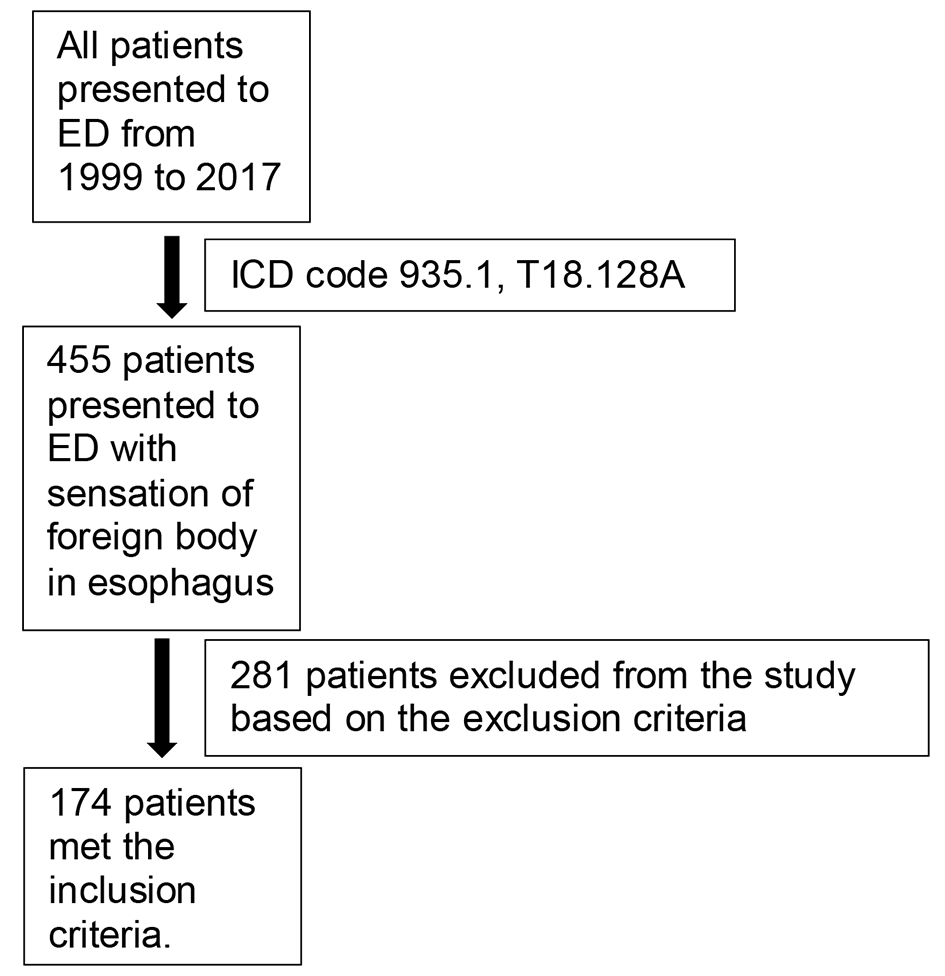
Figure 1. Final sample size including 174 patients that met our inclusion.
| Gastroenterology Research, ISSN 1918-2805 print, 1918-2813 online, Open Access |
| Article copyright, the authors; Journal compilation copyright, Gastroenterol Res and Elmer Press Inc |
| Journal website https://www.gastrores.org |
Original Article
Volume 14, Number 3, June 2021, pages 173-178
Esophageal Food Impaction: A Retrospective Chart Review
Figure

Tables
| Values for categorical variables are shown as frequency (percentage) and for continuous variables as mean ± standard deviation. GERD: gastroesophageal reflux disease; GI: gastrointestinal. | |
| Age (years) | 61.4 ± 19 |
| Male | 102 (58.6%) |
| Female | 72 (41.3%) |
| Hispanic | 4 (2.2%) |
| Non-Hispanic | 47 (27%) |
| Unknown | 123 (70%) |
| Prior food impaction | 9 (5.1%) |
| Asthma | 15 (8.6%) |
| Diabetes | 20 (11.4%) |
| GERD | 27 (15.5%) |
| Reflux esophagitis | 3 (1.7%) |
| Stricture | 16 (9.1%) |
| Schatzki’s ring | 3 (1.7%) |
| Achalasia | 5 (2.8%) |
| Hiatal hernia | 6 (3.4%) |
| Bariatric surgery | 5 (2.8%) |
| Other GI surgery | 9 (5.1%) |
| Type of food | Number of patients (%) |
|---|---|
| Meat | 73 (41.9%): chicken 19 (10.9%), pork 7 (4%), beef 8 (4.5%), others 39 (22.4%) |
| Vegetarian | 1 (0.5%) |
| Sea food | 11 (6.3%) |
| Fruit | 1 (0.5%) |
| Other than above | 86 (49.4%) |
| Endoscopic findings | Number of patients (%) |
|---|---|
| Esophagitis | 58 (33.3%) |
| Stricture | 43 (24.7%) |
| Hiatal hernia | 29 (16.6%) |
| Ulcer | 16 (9.1%) |
| Ring | 15 (8.6%) |
| Achalasia | 8 (4.5%) |
| Mass | 6 (3.4%) |
| Gastroesophageal reflux disease | 3 (1.7%) |
| Barret’s | 2 (1.1%) |
| Other non-specified | 42 (24.1%) |
| Age in years | Complication | Technique | Esophageal pathology | Door-to-scope time in hours | Underlying medical comorbidities | |
|---|---|---|---|---|---|---|
| 1 | 107 | Perforation | Pull | Dilated tortuous, spastic esophagus | 24 | Asthma, hypertension, stroke, achalasia |
| 2 | 47 | Tear | Pull | esophagitis | 3 | Iron deficiency anemia |
| 3 | 38 | Perforation | Push | Stricture | 3 | None |
| 4 | 67 | Perforation | Push | Stricture | 5 | Hypertension, anxiety, coronary artery disease |
| 5 | 67 | Tear | Push | Dilated tortuous esophagus | 4 | Achalasia, dyslipidemia, depression |